- Free shipping available on orders over £100 (UK) £250 (EU) and $300 rest of the world
WOW556 Heinkle He.111 with V1 Missile
£1,225.00
Out of stock
Description
Description
The Heinkel He 111 was designed by Siegfried and Walter Gunter in 1934
ostensibly as a civilian passenger liner, but in reality the aircraft was
intended to provide the Luftwaffe with a fast medium bomber. The mainly
glazed Plexiglas nose of the He 111 gave it a very distinctive and easily
recognisable look, almost akin to a giant wasp or bee. During the early
stages of the war the He 111 performed well but like many German aircraft
its weak defensive armament was exploited by the RAF during the battle of
Britain. Casualties amongst bomber crews were particularly high but with no
suitable replacement the He 111 soldiered on until the end of the war as a
strategic bomber, transport aircraft, glider tug and was even used to launch the V1 flying bomb whilst airborne.
Various airforces operated the He 111 including the Spanish, Romania, Turkey and China amongst others. The last ones were retired by the Spanish in the 1970’s who made a licence built variant, with some of these featuring in the 1969 film ‘The Battle of Britain’ directed by Guy Hamilton. The He 111 was over 59ft in length with a wingspan of 74ft, this makes for a very
impressive looking model in 1/32 scale as the attached photos will testify.
Armament consisted of 7 x 7.92mm machine guns with a 2000 Kilo bomb load
carried internally, further ordnance could be carried externally.
Last gasp of the V1 Missiles
Even though the launch sites were overrun, flying bombs continued to hit England, if in reduced numbers.
Back in early July, a small number of flying bombs attacks were performed on Manchester and Gloucester. Allied leadership was baffled as to where these attacks were coming from, since the range of the V-1 was roughly known, and there was no place near enough for the Germans to set up launch sites that could reach these targets.
In fact, the Germans were launching the flying bombs from specially modified Heinkel He-111 bombers, operating from airfields in the Netherlands. Work on this scheme predated the beginning of the flying bomb blitz, and involved removing the He-111’s bomb racks and a fuel tank, and installing launching gear and provisions for carrying a V-1 nestled under the left wing. The modified bombers were given the designation “He-111H-22”.
This proved to be a risky business, since the flying bomb was very heavy and could be lethally tricky to launch. 1,200 V-1s were launched in this fashion, with the loss of 77 bombers. Twelve bombers were lost on two missions alone simply due to the premature detonation of the V-1’s warhead after the He-111 left the runway.
Air launch was abandoned in mid-January 1945, due to the high attrition and the advance of Allied forces. However, the Germans were not quite done with this game, having developed a new version of the V-1 with a range of 400 kilometers (250 miles) by reducing the size of the warhead and increasing the size of the fuel tank.
They launched about 275 of these long-range flying bombs against Britain from the Netherlands in March 1945. British defence’s were able to adjust to these last-gasp attacks, and the looming defeat of the Reich ended the campaign for good at the end of March. V-2 rocket attacks against England, which had begun the previous September, also slowly fizzled out.
These models are priced $1499 each plus $200 shipping which is reflected in the banner price. You will not be charged additional shipping at checkout.
All the figures and accessories shown are not included and are shown for scale comparison purposes only.
Reviews (0)

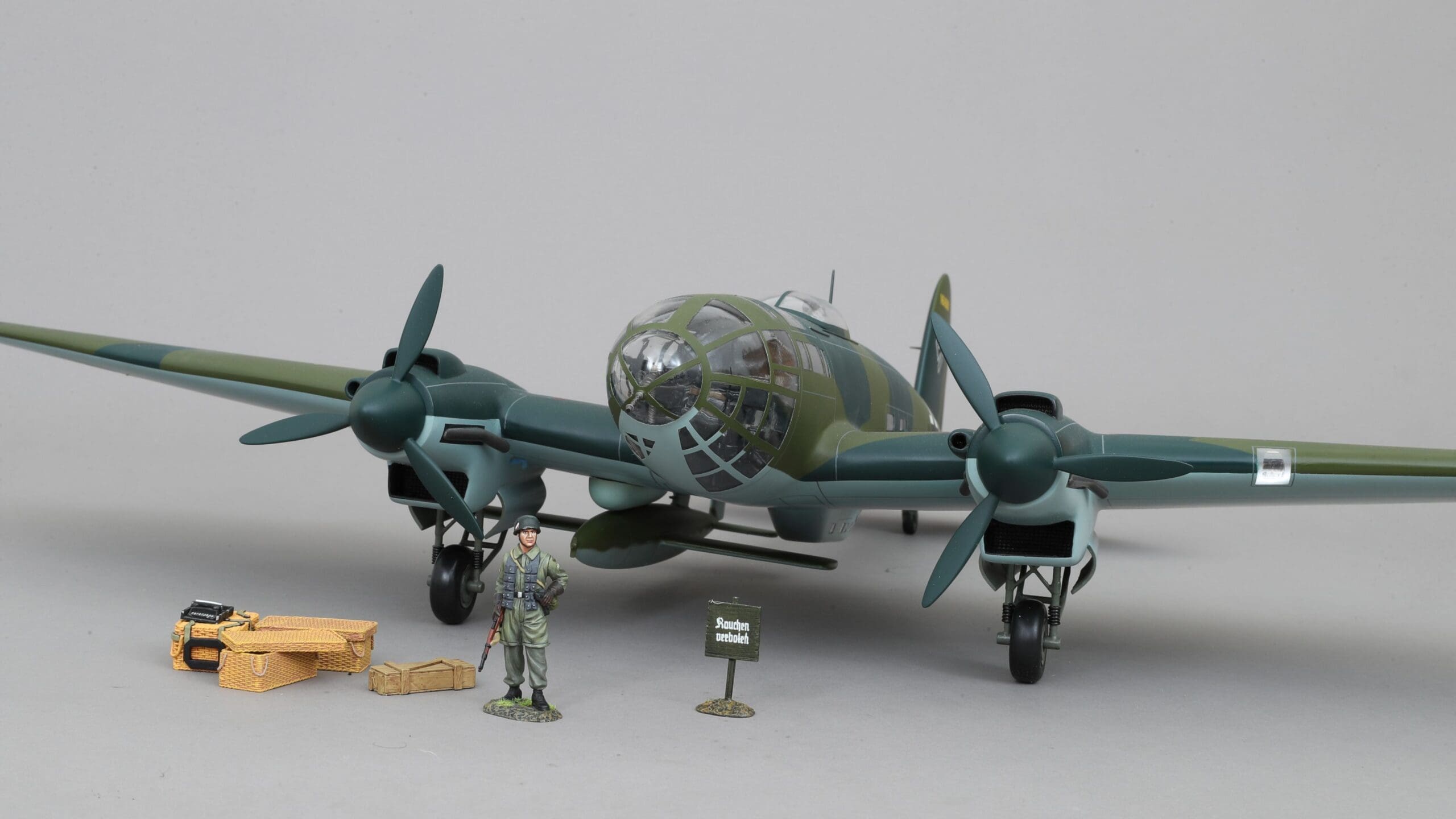
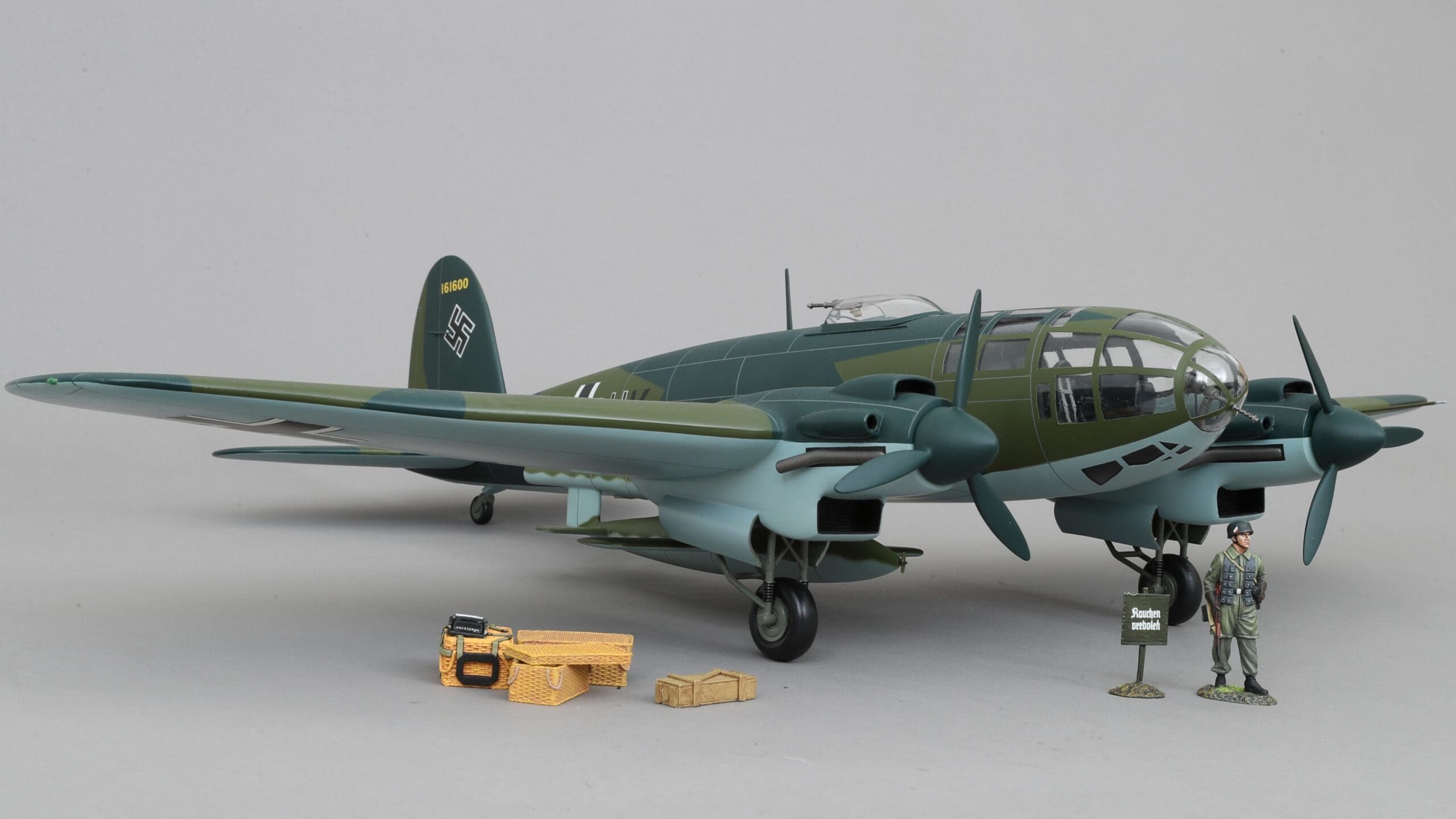
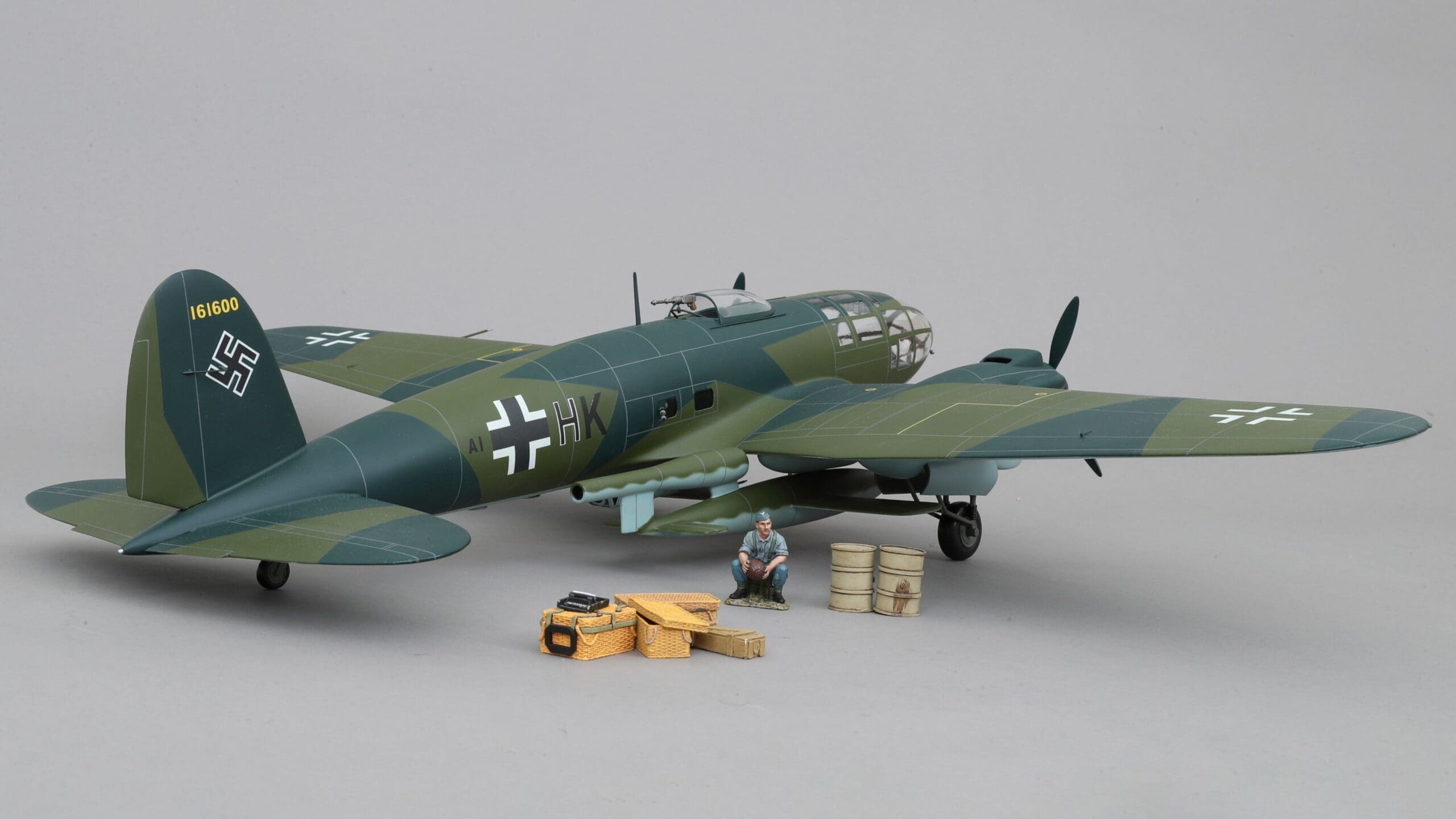
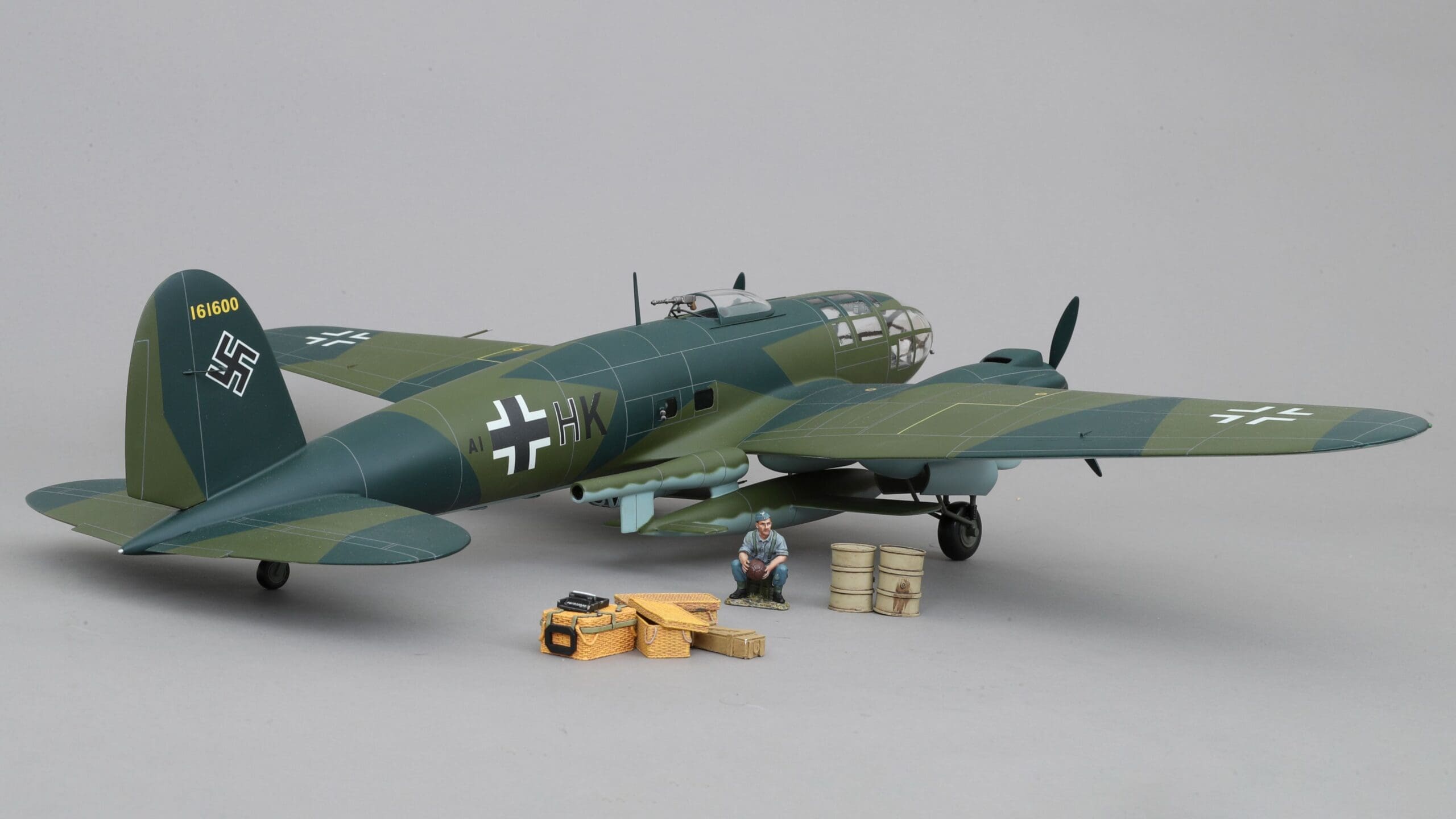
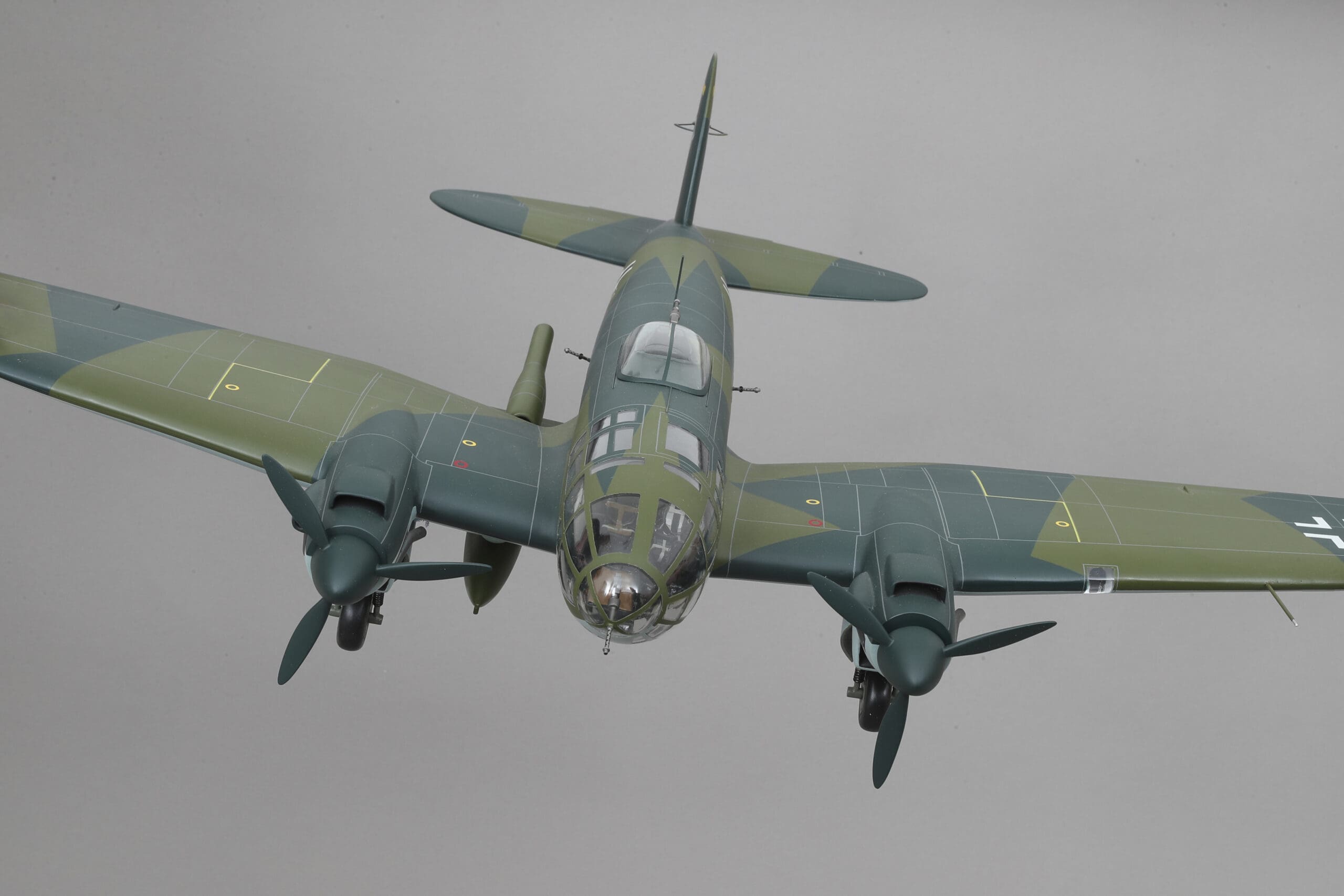
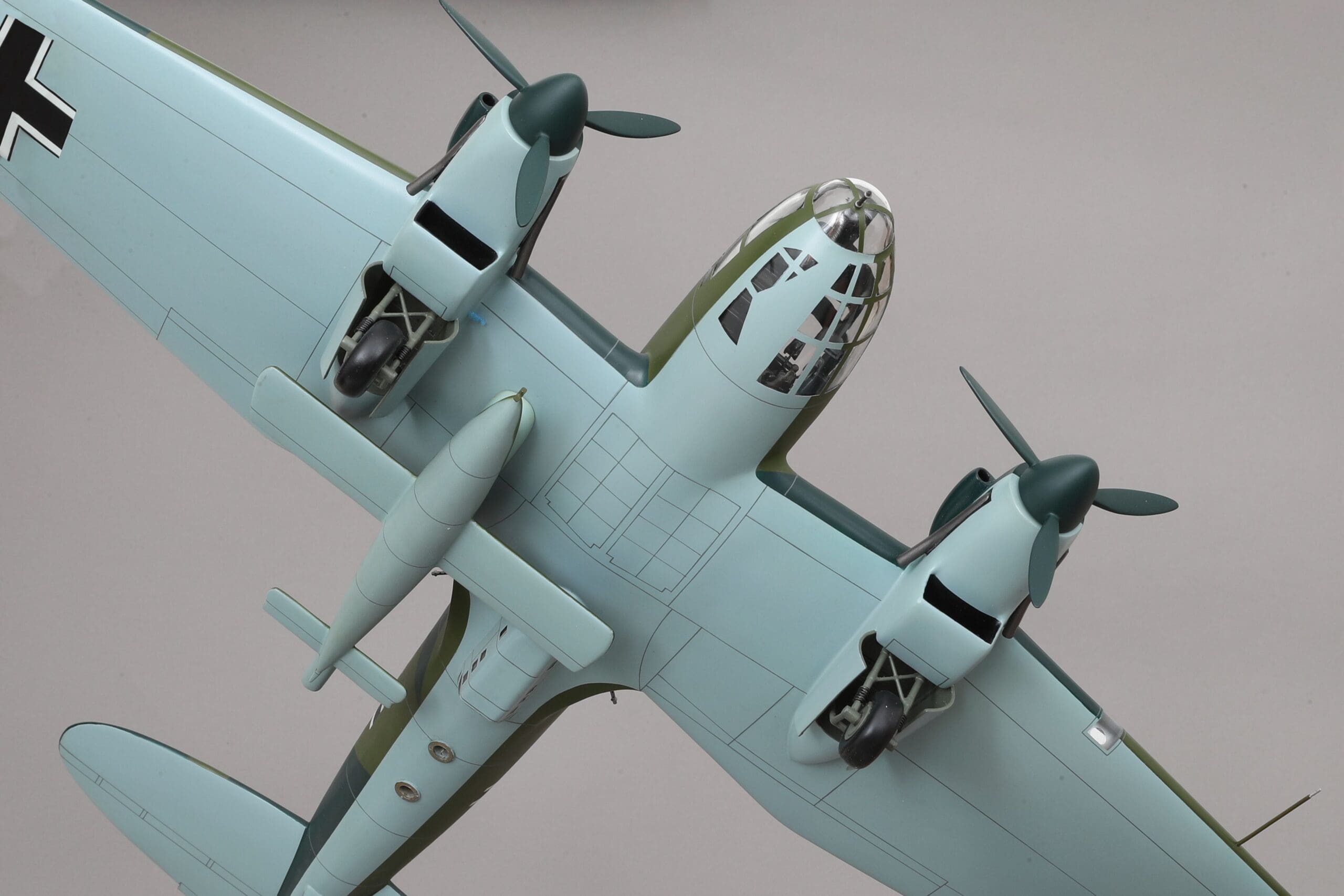
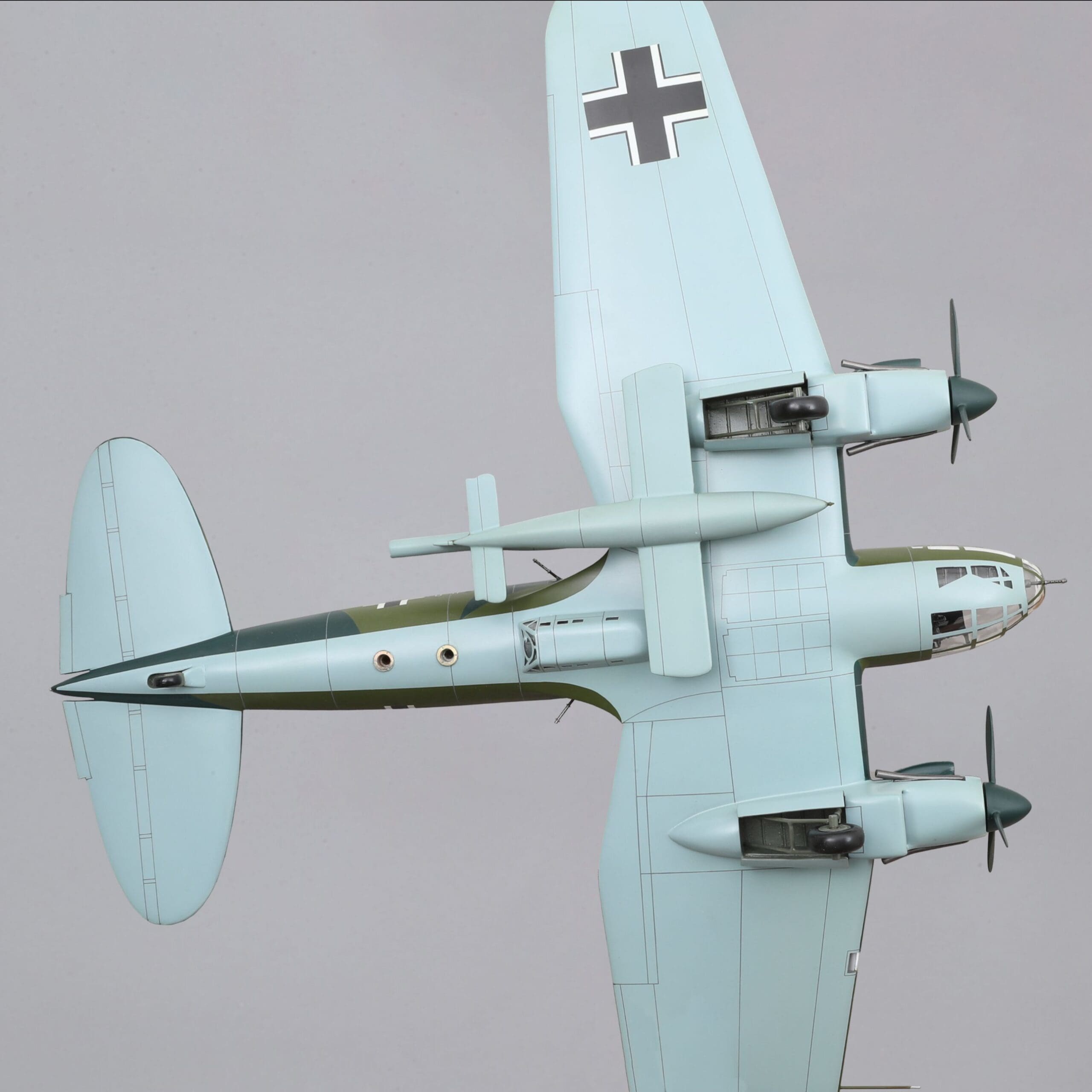
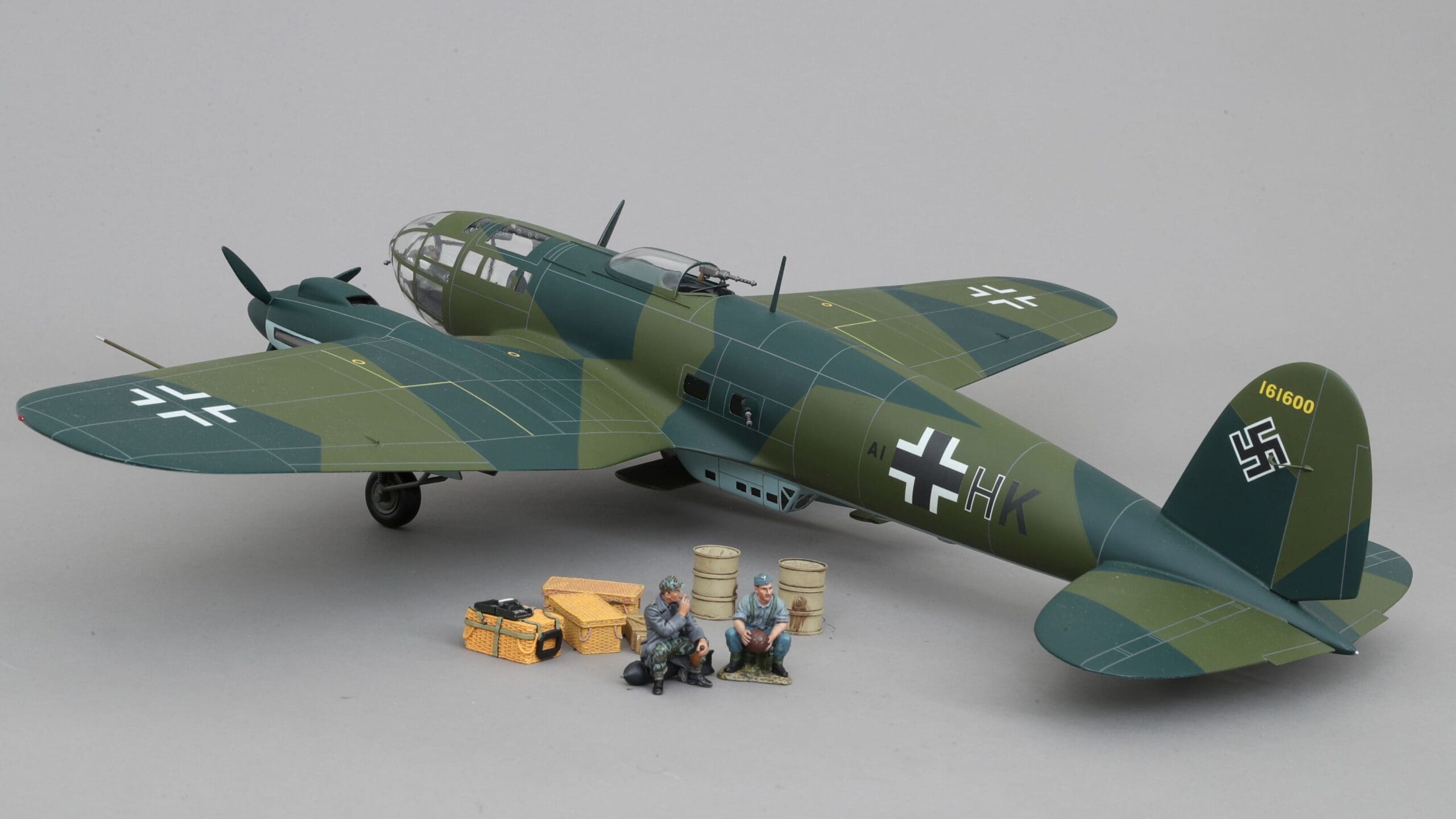
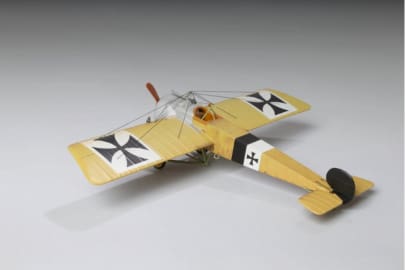
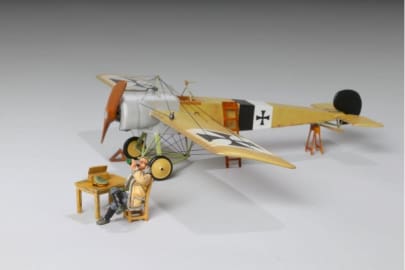
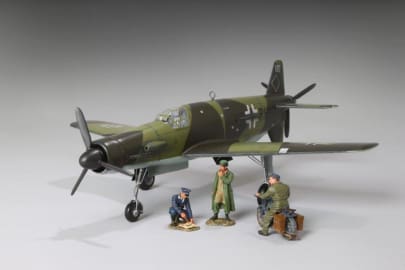
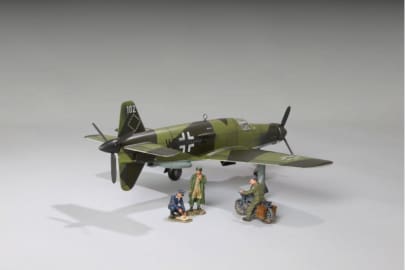
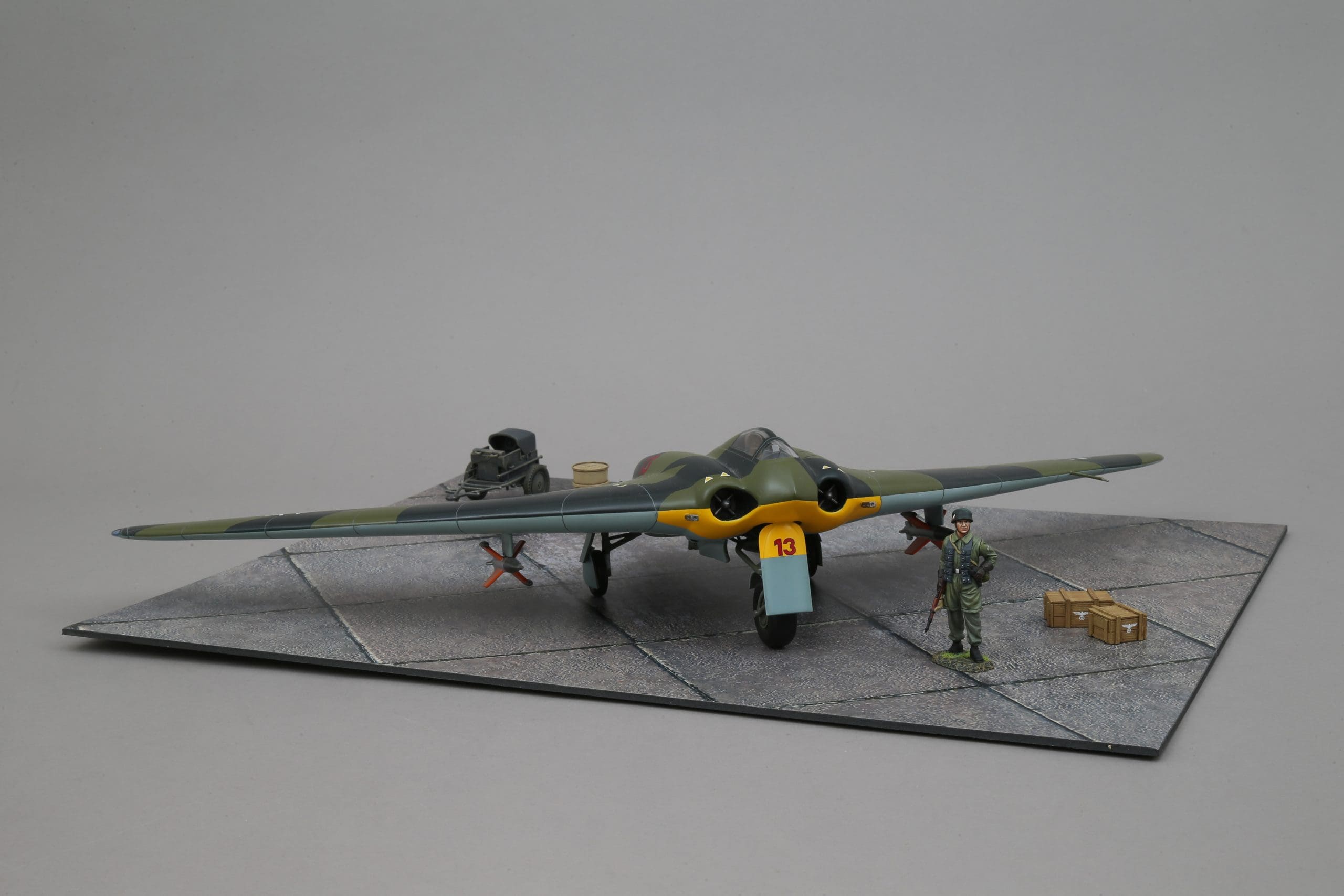
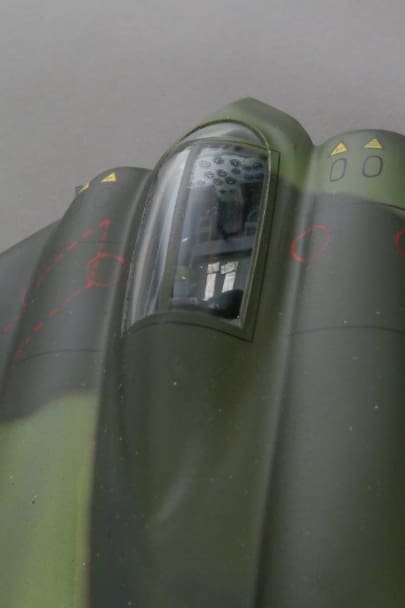
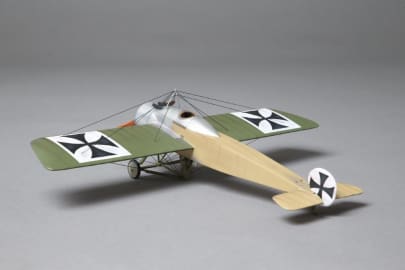
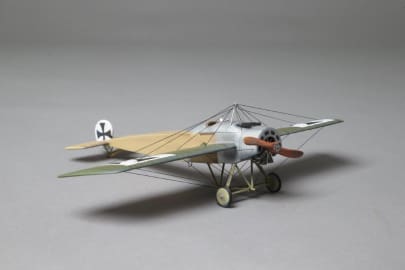
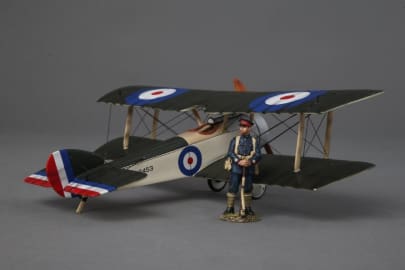
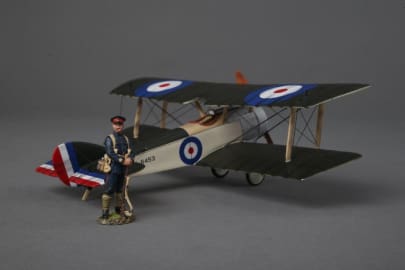
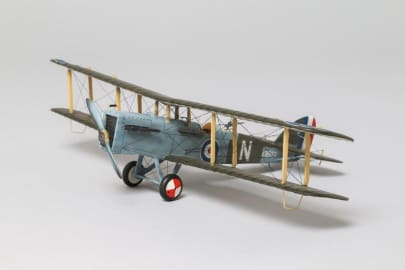
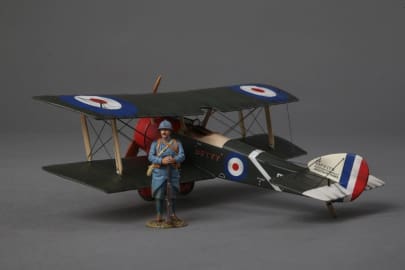
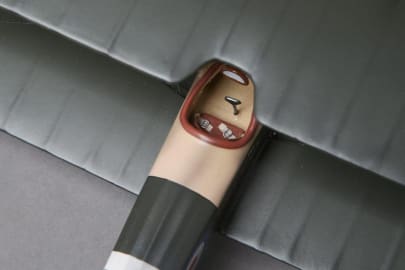
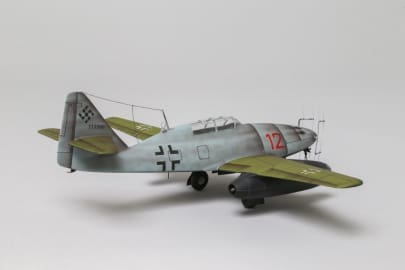
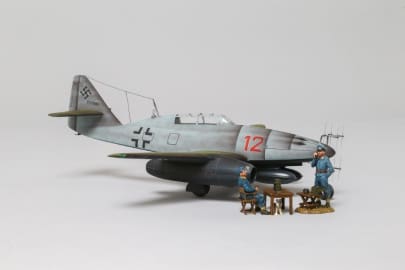
Reviews
There are no reviews yet.